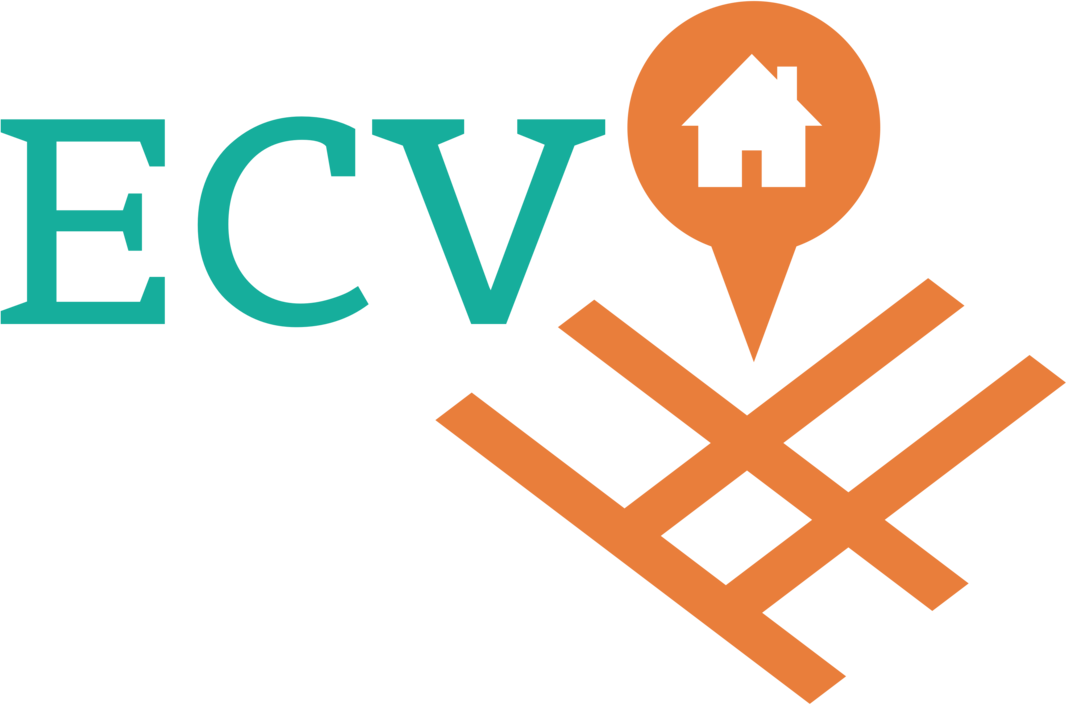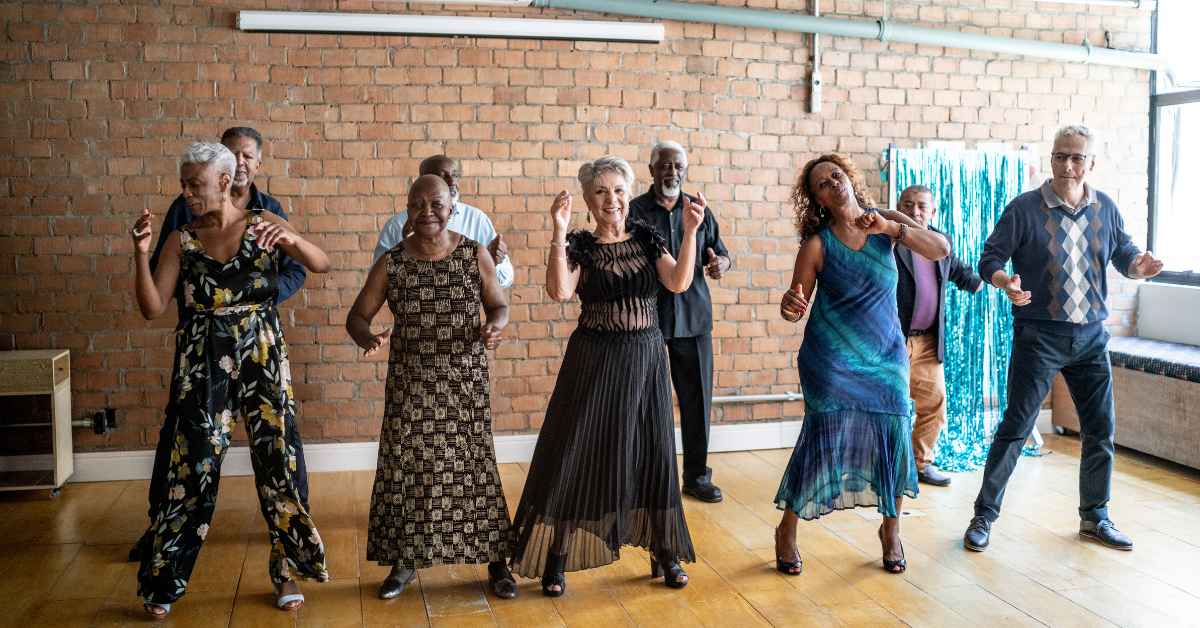Stay Active, Stay Dancing: The Benefits of Dancing to Seniors
As the years pass, many of us especially seniors find ourselves seeking ways to maintain vitality and health. We all know that staying young at heart and active is a great way to do so. Now, not all of us love exercising, older adults are also not recommended to do heavy exercise that can do more harm and good. This makes dancing a very good choice for older adults because it doesn’t require extensive physical activity, you can choose what to do, it's fun, and most importantly it keeps you strong and maintains your overall wellbeing.
In this blog, we'll take a closer look at the incredible advantages of dancing for seniors. From enhancing physical fitness to creating social connections, dancing can be a powerful elixir for the soul. So, let's lace up our dancing shoes and embark on a journey to discover the countless benefits that dance brings to the lives of older adults.
The Different Forms of Dancing
Dancing offers older adults an opportunity to have fun through body movement. It gives them, a chance to express themselves through hand and body movements and, energetic footwork. The world of dance is incredibly diverse, there are many different dances out there that seniors can try, just make sure to be always careful and dance with caution. From ballroom dances like the waltz and foxtrot to Latin dances like salsa and tango, then fitness dances like Zumba, there are just so many to choose from.
Physical Health Benefits of Dancing To Older Adults
Dancing isn’t just an art form, it is a great workout for the body, and staying physically active is very important for seniors. Dancing involves stretching, bending, and extending your muscles and joints, which naturally enhances flexibility and other movements that can build strength.
Improved Cardiovascular Health
Dancing is a cardiovascular exercise that gets your heart pumping. It increases your heart rate and helps improve circulation. The rhythmic movements during dance routines enhance cardiovascular health by strengthening the heart muscle and reducing the risk of heart disease.
Enhanced Flexibility
Dance involves a wide range of movements that stretch and engage different muscle groups. These movements naturally improve flexibility by increasing the range of motion in joints and muscles. This increased flexibility not only reduces the risk of injuries but also enhances overall mobility.
Increased Strength
Dancing isn't just about grace and finesse; it also builds strength. Many dance forms involve lifting your own body weight or your dance partner's weight. This resistance training helps tone muscles and can lead to improved muscle strength, particularly in the legs, core, and upper body. Dance routines can be physically demanding, requiring sustained effort over an extended period. Regular dancing can lead to improved endurance, helping you stay active and engaged for longer periods without feeling fatigued
Better Balance and Coordination
Dance requires precise movements and coordination with music and sometimes other dancers. As seniors, maintaining good balance and coordination is essential to prevent falls and injuries. Dancing helps fine-tune these skills, leading to better stability and confidence in everyday activities.
Weight Management
Engaging in dance regularly can contribute to weight management. It's a fun way to burn calories, and it can be an effective part of a weight loss or maintenance program. The combination of cardiovascular exercise, strength training, and increased flexibility contributes to a healthier body composition.
Stronger Bones
Dance, especially weight-bearing dance forms like ballet or ballroom, can increase bone density. This is crucial for seniors as it reduces the risk of osteoporosis and fractures. Strong bones are better equipped to withstand the effects of aging.
Pain Management
Some seniors experience chronic pain conditions, such as arthritis. Dancing can help manage pain by improving joint mobility and muscle strength. The low-impact nature of certain dance styles, like ballroom or line dancing, is gentle on joints while providing pain relief through movement. Dancing also often involves maintaining proper posture, which strengthens the muscles that support your spine. Over time, this can lead to better posture in everyday life, reducing the risk of back and neck pain
Mental and Cognitive Benefits to Seniors
Studies have shown that dedicating 1-2 hours weekly to dancing can lead to enhanced cognitive abilities in seniors. This improvement is mainly due to the mental engagement required for memorizing dance steps and maintaining focus, which stimulates increased brain activity and fosters better cognitive function.
Here are other benefits of dancing to seniors:
Enhanced Memory
Dancing often involves learning and recalling complex routines, which exercises memory. This can help seniors maintain and improve their memory skills, which is particularly beneficial for cognitive health as they age. Dancing also requires participants to stay focused on their movements, their partner (if applicable), and the music. This sustained attention can enhance seniors' concentration abilities, helping them stay mentally sharp.
Cognitive Flexibility
Dancing involves adapting to different steps, styles, and rhythms. This promotes cognitive flexibility, allowing seniors to switch between tasks, ideas, or concepts more easily, a crucial skill for cognitive resilience.
Enhanced Mood
Dancing often leads to feelings of happiness and accomplishment. These positive emotions can have a direct impact on cognitive function by reducing symptoms of depression and anxiety, which can impair cognitive abilities. Engaging in dance can alleviate stress, which can have a positive impact on cognitive function. Reduced stress levels are associated with better memory, decision-making, and overall cognitive health.
Adaptive Dancing Programs for Seniors
Adaptive dance programs offer seniors with mobility or health challenges to be able to participate in dancing and experience its fun. These programs often provide an easier choreography, with low-impact movements that can still enhance mobility and flexibility. Aside from the health benefits, adaptive dance programs promote a sense of belonging and inclusivity. Seniors gain confidence, positivity, and lifelong learning opportunities through these programs, making dance accessible for all, regardless of physical limitations.
Conclusion
After everything that we have discussed, it is clear to see that dancing is a really fun way to increase the fitness and well-being of seniors. The various forms of dance, from ballroom elegance to the lively beats of Zumba, offer not only a fun way to stay active but also a ticket to improved physical health. There’s undoubtedly many physical and mental benefits of nursing that can be acquired by seniors. But dance doesn't discriminate; adaptive programs ensure that everyone, regardless of physical challenges, can join in the dance of life.
So, let's embrace the rhythm, feel the beat, and keep dancing through the chapters of our lives.
Share this blog to the people who you want to dance with! If you want to read more helpful and fun blogs like this, go to our Care Blog section and help yourself with our many blogs.


